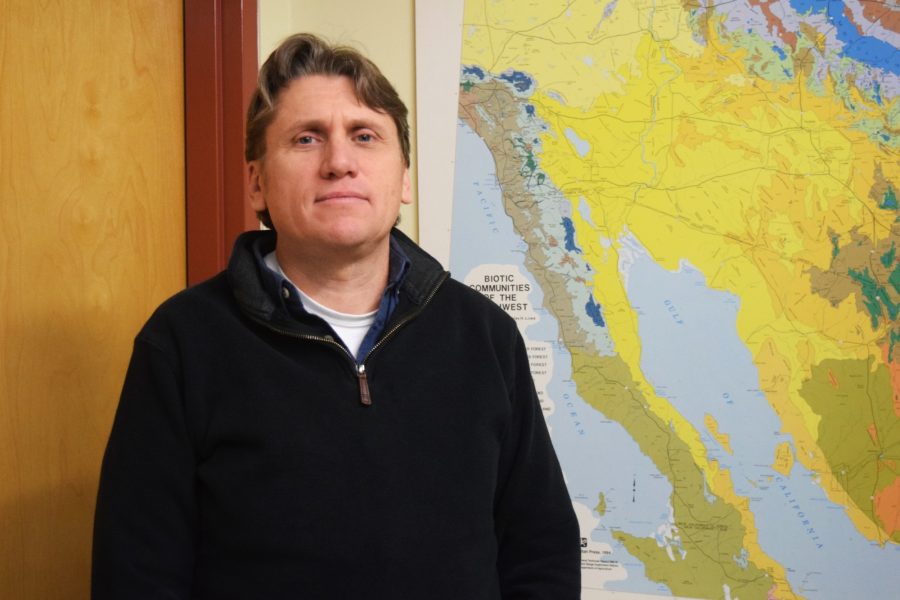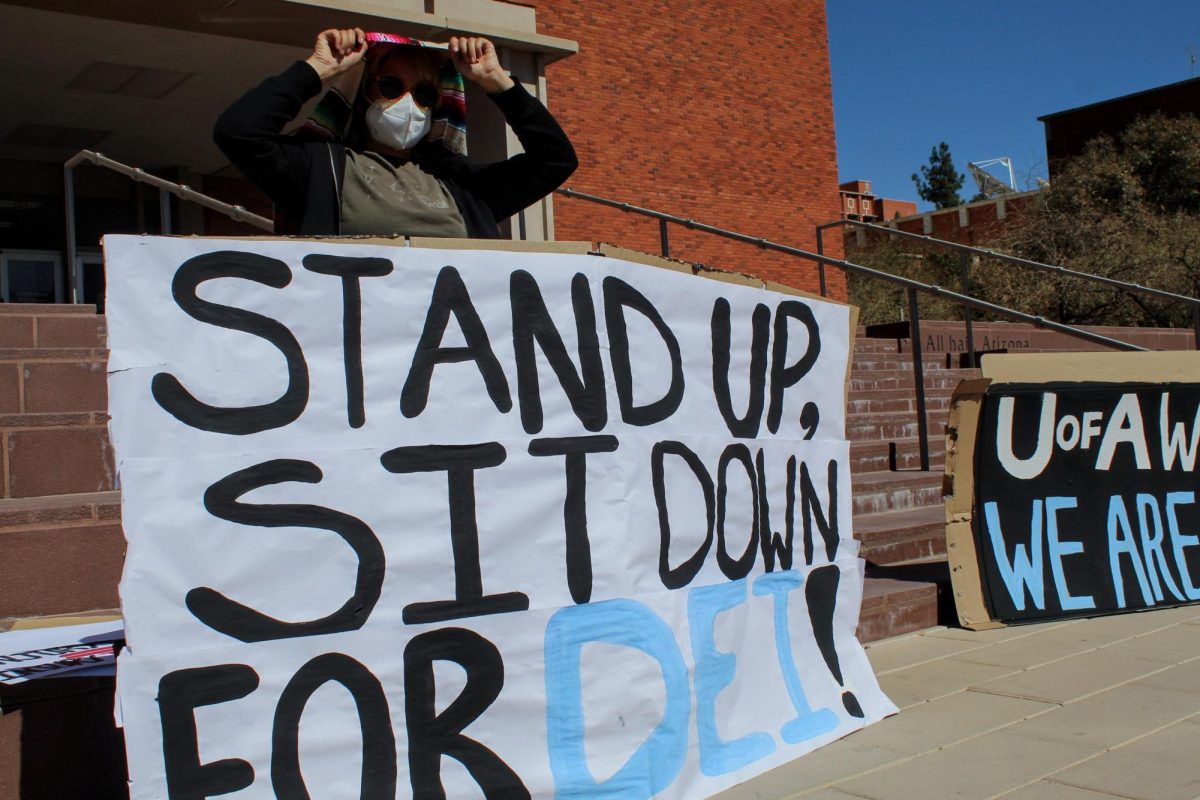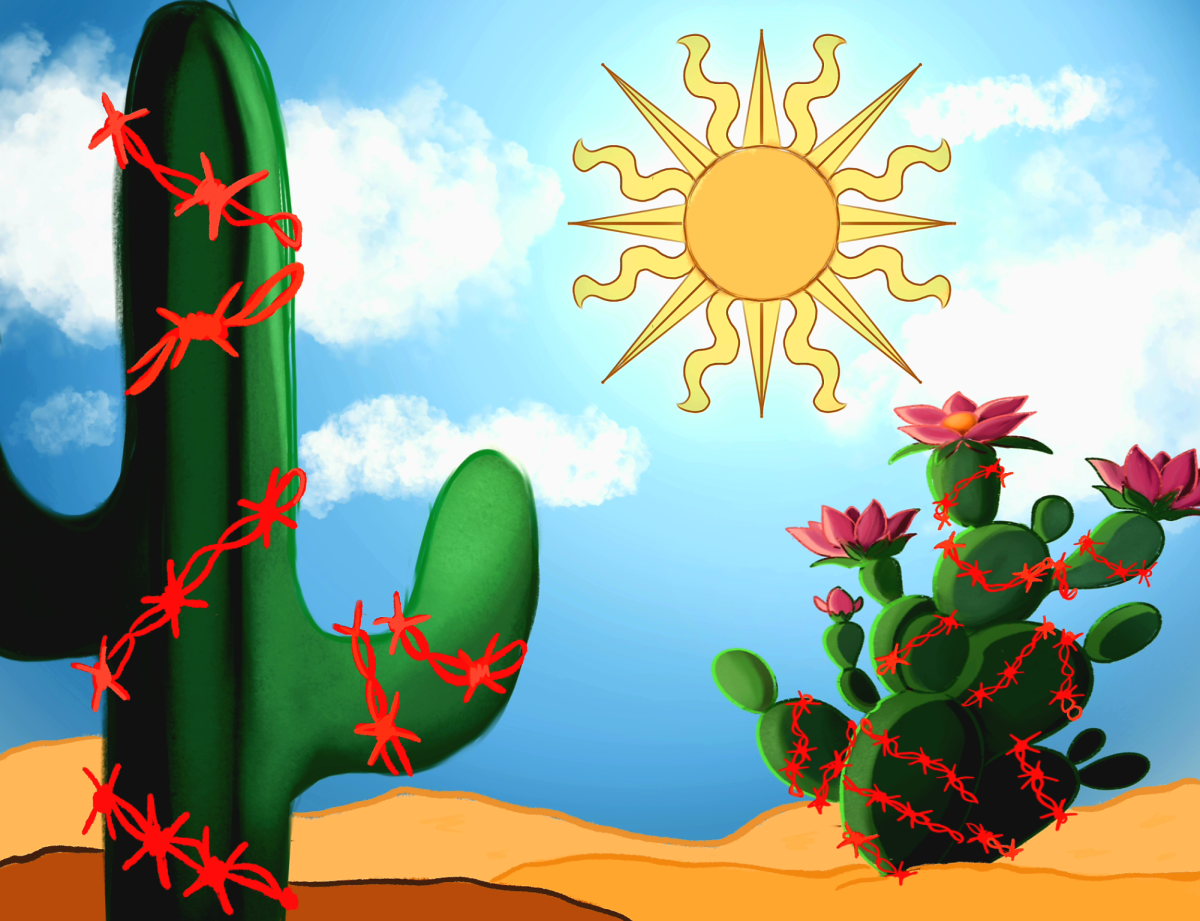Cristian Román-Palacios and John Wiens, who work in the University of Arizona Department of Ecology and Evolutionary Biology, conducted research that led to the discovery that 44% of the species they were analyzing had gone extinct in certain sites.
They analyzed data from 538 species at 581 sites around the world. The species they focused on were different animals and plants. They surveyed the species at different sites over time, at least 10 years apart.
The researchers looked at data from their earliest survey and generated climate data. From their research they found that 44% of the 538 species had gone extinct at one or more of the 581 sites around the world.
They discovered that the extinctions took place in the warmest part of their range, which implicates global warming. This allowed them to understand what was causing the local extinctions. They were also focused on how quickly the different species were moving uphill, because it is colder in higher elevations.
“With that information we were able to ask the question: Are they able to move fast enough to stay in their old climatic niche, the old set of temperatures that they were used to?” Wiens said.
They conducted their research by first starting from a review that Wiens published in 2016. The review summarized information on recent responses to climate change.
RELATED: Researchers named senior members of National Academy of Inventors
“We came up with an estimate of the frequency of population-level extinctions on land and in the ocean across different organisms,” Román-Palacios said.
The questions they asked before conducting their research were: What have driven population-level extinctions?
How have species responded to contemporaneous climate change in terms of their dispersal and tolerance?
Are previous responses to climate change enough for species to avoid extinction given the projected change in climate by 2070?
The first step they took was figuring out how the species geographical range had changed between two time periods spanning at least 10 years.
The next step they took was estimating the temperature and precipitation in the Peruvian Andes before the 1970s. They were able to calculate the amount of climate change that happened in each site. They also examined if species’ past responses to climate change were potentially enough given projected climate change by 2070.
“If we stick to the Paris [Agreement], then using these 538 species as a representative of all plant and animal species, we lose 16% compared to the alternative, which would cause a loss of 30%,” Wiens said.
The Paris Agreement is one of the ways to combat climate change. One part of the agreement is lowering carbon emissions and preserving forests.
Román-Palacios said he was not expecting the results they got. They made predictions, but he did not have any specific results in mind for the paper.
He wanted to look into this research because he wanted to work on projects “lying closer to society.”
“From an intellectual perspective, the skills I acquired on big data, geographical information systems, programming, ended up being highly valuable when combined with certain concepts in ecology and evolution,” Román-Palacios said.
Based on their analyses, several extinctions will happen by 2070. Their analyses suggest that many species may undergo climate-related extinctions during the lifetime of most UA students.
“Personal changes in consumption habits are very important,” Román-Palacios said. “But wider efforts as a society are more relevant to reduce the potential effects of climate change.”
Follow Jillian Bartsch on Twitter















